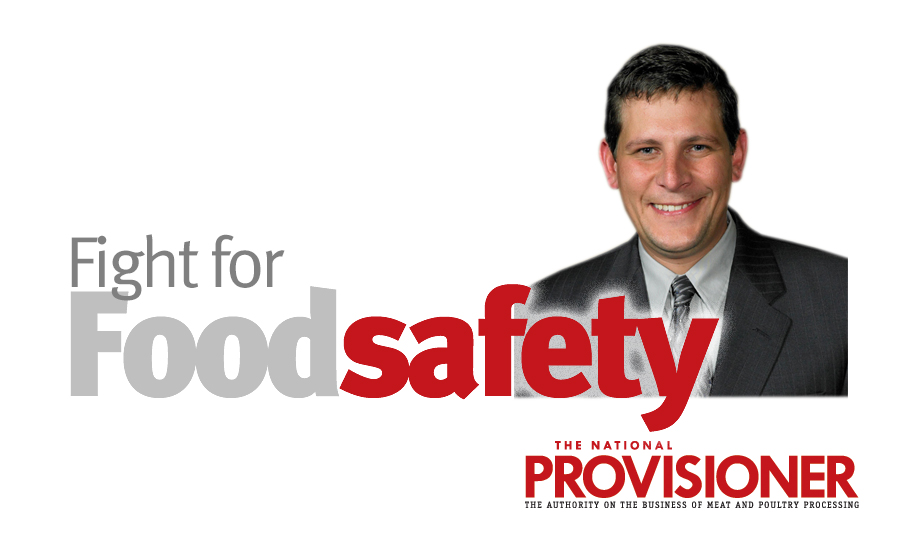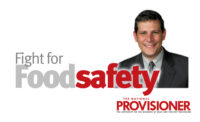For nearly 20 years I have defended food companies accused of selling products that made people sick. In almost every case, the processor being sued wasn’t the company at fault. Instead, the processor received contaminated trim from its supplier (the harvest facility) and unknowingly used that trim to make ground beef that caused illness. In many cases, the processor was unable to survive the regulatory, media and legal scrutiny and was forced to shutter its doors.
What does that mean for processors today? It is critical to remember that, even if you are doing a stellar job appropriately controlling food safety risk within your own facility, if your trim supplier is having problems, those problems will always become your own.
How do you select the right suppliers? I recommend focusing on culture and control. When it comes to food safety culture, make sure you are only doing business with suppliers that have a solid food safety culture. You know who they are. They are proud to talk about their food safety investments and programs and will never hesitate to answer your questions or let you tour their facility. They talk incessantly about food safety and put those discussions ahead of price. They are the companies that are consistently and effectively demonstrating the core elements of a robust food safety culture: compassion, commitment and communication.
When it comes to control, make sure your suppliers are focused on controlling pathogens in their products. Make sure they are testing their combos to find contamination that may be present, as opposed to testing in a way to ensure the results are always negative. And, most important, ensure your suppliers have adequate programs in place to address any positives that may be found.
One of the primary reasons for the substantial decrease in E. coli O157:H7 (and non-O157:H7 STEC) outbreaks and recalls in recent years is the adoption of High Event Period (HEP) programs by industry. The HEP concept is really quite simple. If multiple trim combos test positive for a pathogen, the supplier should perform an analysis to identify whether additional combos produced in close time and proximity could be contaminated as well. Even if those combos tested negative, in many cases they should be diverted to cooking or resampled to ensure no other potentially contaminated product is released. Make sure, without exception, that each of your suppliers are following a HEP program.
So, when assessing whether you have the right (or wrong) supplier, make sure to assess whether they have the right culture and control. If either are lacking, send your business elsewhere. Pick the right supplier and you will always survive to sell another day. NP







